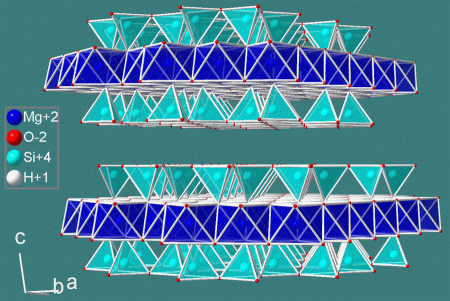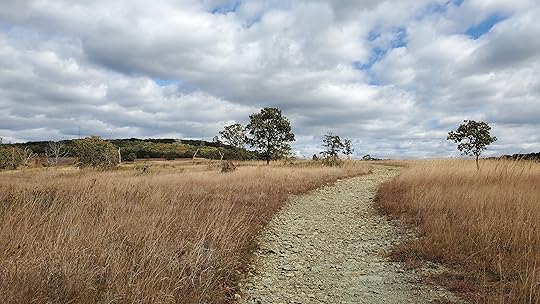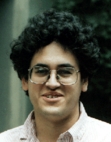John C. Baez's Blog, page 34
March 1, 2021
Theoretical Physics in the 21st Century
I’m giving a talk at the Zürich Theoretical Physics Colloquium next Monday, for Sustainability Week 2021. I’m excited to get a chance to speak both about the future of theoretical physics and the climate crisis. You can attend if you want.
Title: Theoretical Physics in the 21st Century
Time: Monday, 8 March 2021, 15:45 UTC (that is, Greenwich Mean Time).
Abstract: The 20th century was the century of physics. What about the 21st? Though progress on some old problems is frustratingly slow, exci...
February 26, 2021
The Social Cost of Greenhouse Gases
Today the US governmnent bumped the ‘social cost of greenhouse gases’ up to $51. The previous administration had knocked it down to between $1 and $7.
It’s a funny expression, ‘social cost of greenhouse gases’, but it means the marginal cost of the impacts caused by emitting one extra tonne of carbon dioxide—or the equivalent amount of any other greenhouse gas—including impacts on the environment and human health:
• Wikipedia, Social cost of carbon.
This decision should affect US government pol...
February 24, 2021
The Economics of Biodiversity
One problem with the Anthropocene is that our economic systems undervalue forms of “natural capital” for which there are no markets, or poorly developed markets. I’m talking about things like clean air, forests, wetlands, oceans… and biodiversity. For many of these things the price is zero or even negative, due to government subsidies.
So, we’ll burn through these things recklessly until the ensuing disasters wake us up. We’re like a family trying to earn more cash by selling off the wind...
February 23, 2021
Native Type Theory
guest post by Christian Williams
Native Type Theory is a new paper by myself and Mike Stay. We propose a unifying method of reasoning for programming languages: model a language as a theory, form the category of presheaves, and use the internal language of the topos.

Though these steps are known, the original aspect is simply the composite and its application to software. If implemented properly, we believe that native types can be very useful to the virtual world. Here, I want to share some ...
February 22, 2021
Language Complexity (Part 3)
David A. Tanzer
A detailed measure of computational complexityIn Part 2, we identified language complexity by how “difficult” it is for a program to decide if some given text is a sentence of the language — in other words, by the complexity of the decision problem for the language.
Note there may be many decision procedures — which are implementations of functions — that solve the decision problem for a language. For our purposes, we will focus our attention just on the ones which g...
February 21, 2021
Talc

Talc is one of the softest minerals—its hardness defines a ‘1’ on Moh’s scale of hardness. I just learned its structure at the molecular level, and I can’t resist showing it to you.
Talc is layers of octahedra sandwiched in tetrahedra!
Since these sandwiches form separate parallel sheets, I bet they can easily slide past each other. That must be why talc is so soft.
The octahedra are magnesium oxide and the tetrahedra are silicon oxide… with some hydroxyl groups attached to liven things up....
February 19, 2021
Serpentine Barrens

This is the Soldiers Delight Natural Environmental Area, a nature reserve in Maryland. The early colonial records of Maryland describe the area as a hunting ground for Native Americans. In 1693, rangers in the King’s service from a nearby garrison patrolled this area and named it Soldiers Delight, for some unknown reason.
It may not look like much, but that’s exactly the point! In this otherwise lush land, why does it look like nothing but grass and a few scattered trees are growing here?
...February 17, 2021
Applied Category Theory 2021
The big annual applied category theory conference is coming! It’s the fourth one: the first three were at Leiden, Oxford and (virtually) MIT. This one will be online and also, with luck, in person—but don’t make your travel arrangements just yet:
• Fourth Annual International Conference on Applied Category Theory (ACT 2021), 12–16 July 2021, online and at the Computer Laboratory of the University of Cambridge.
It will take place shortly after the Applied Category Theory Adjoint School, which...
February 16, 2021
Language Complexity (Part 2)
David A. Tanzer
Decision problems, decision procedures and complexityIn Part 1, we introduced the formal idea of a language, as being just a set of sentences. Now let’s approach the topic of language complexity.
For any given language, there is an associated decision problem: given a candidate string of characters, determine whether or not it belongs to the language. A decision procedure, or decider, is a program that solves the decision problem: it returns True or False to indicat...
February 12, 2021
Language Complexity (Part 1)
David A. Tanzer
A simple view of languagesHow complex is the English language? The question has many dimensions and nuances. What does complexity mean, and how could it be measured? This a tough nut to crack, so in this post we’ll make a retrenchment to reconsider the question in a more formal setting — computer science.
In this setting, a language gets identified with its extension — the collection of all its sentences. So English gets modeled as just a large repository of sentenc...
John C. Baez's Blog
- John C. Baez's profile
- 29 followers




